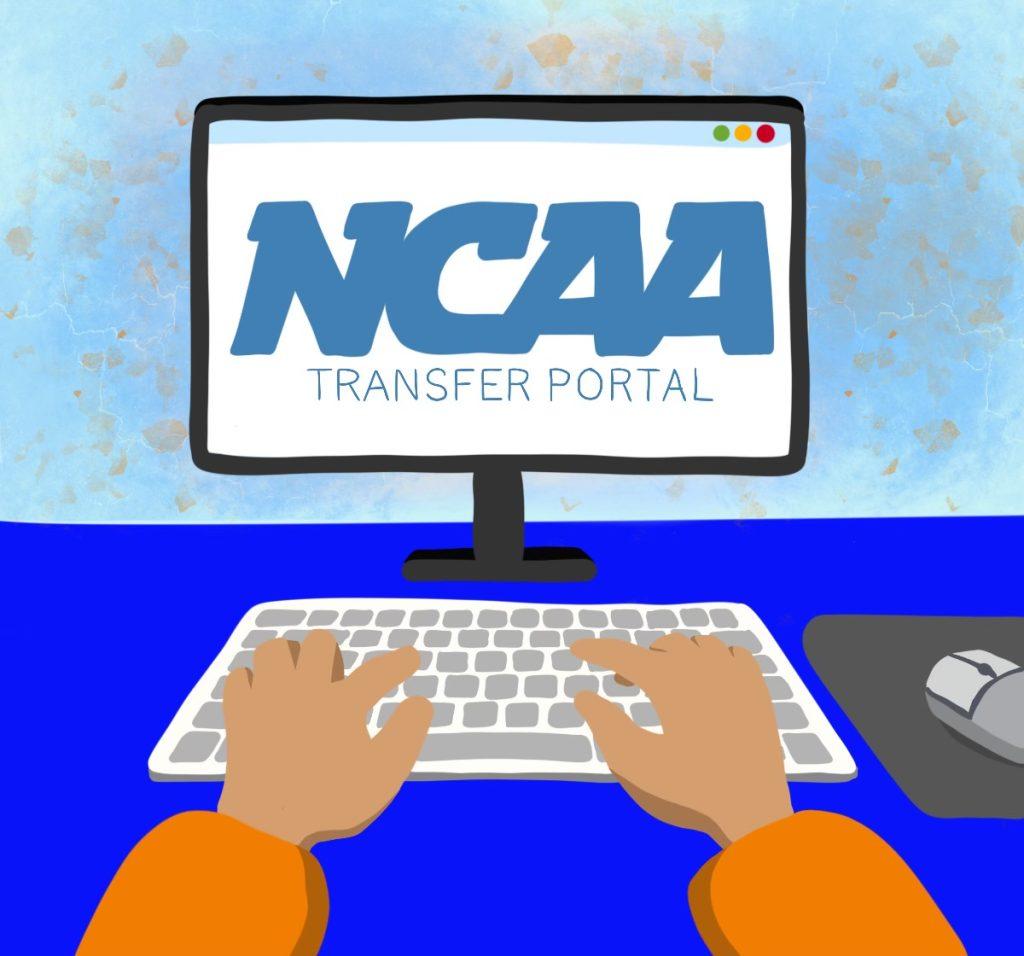
Changing the rules of a sport ultimately changes the results of the game, match or race. Changing the rules of the NCAA Transfer Portal ultimately changes collegiate athletics.
On April 18, the NCAA Division I Council unanimously adopted a new package of rules, forever changing the way student-athletes transfer from one school to another, according to the NCAA. The rule changes include a shortened time period to enter the portal, no limit to the amount of times an athlete can transfer and the ability to compete immediately after transferring, according to ESPN.
The rule changes come with pros and cons, but Amanda Kurtz, Pepperdine’s senior associate director of Athletics for Internal Operations, said she believes it has come with more good than bad for Pepperdine Athletics.
“Everyone has their own reasons for transferring,” Kurtz said. “The majority are for very valid reasons, and they should have every opportunity to do so.”
The set of rules initiated the need for a new strategy for players entering the portal, coaches who are looking to recruit new players and advisers who are helping these athletes stay on track academically. From the sideline to the court, each individual affected by the rules has tackled the new dynamic in a different way, all with the intention to continue performing at the highest level on the court and in the classroom.
The Whistles Blows: New Rules Change the Game
With every rule change to the transfer portal process, there was a reason behind it, Kurtz said. The window of time that is available for athletes to join the portal used to be up to 60 days, now it is in the 30 to 45 day range.
“The NCAA research has done a ton of research into it,” Kurtz said. “The number of students entering the portal, kind of after 30 days, drops off dramatically.”
Kurtz said this will not take opportunities away from any athletes — it is just streamlining the process and helping coaches with their recruiting.
“Now coaches know who’s coming and going and how many roster spots they need to fill,” Kurtz said. “The coaches were really vocal about meeting those shortened windows.”
Men’s and Women’s Basketball are the two NCAA sports with the highest transfer rates, according to NBC Sports. In 2021, 31% of Men’s Basketball players transferred while 22% of Women’s Basketball players transferred.
Before the rule change in the spring, all basketball players had to sit out an athletic season if they transferred, but there was a waiver process that allowed players to compete immediately and transfer more than once if approved, Kurtz said.
Waivers were accepted if there was an assertion of exigent circumstances or student-athlete injury, mental illness or phyiscal illness, according to CCHA Collegiate Sport Law.
“There were so many waivers they [Division I Committee] were approving,” Kurtz said. “Then they would approve these waivers so they could play right away, so there were ways around it.”
Emerita Mashaire, Pepperdine Women’s Basketball senior guard, said she experienced the waiver process firsthand.
“I also had to request a waiver from the NCAA since it was my second time transferring,” Mashaire said. “I didn’t find out if I was going to be allowed to play until our exhibition game.”
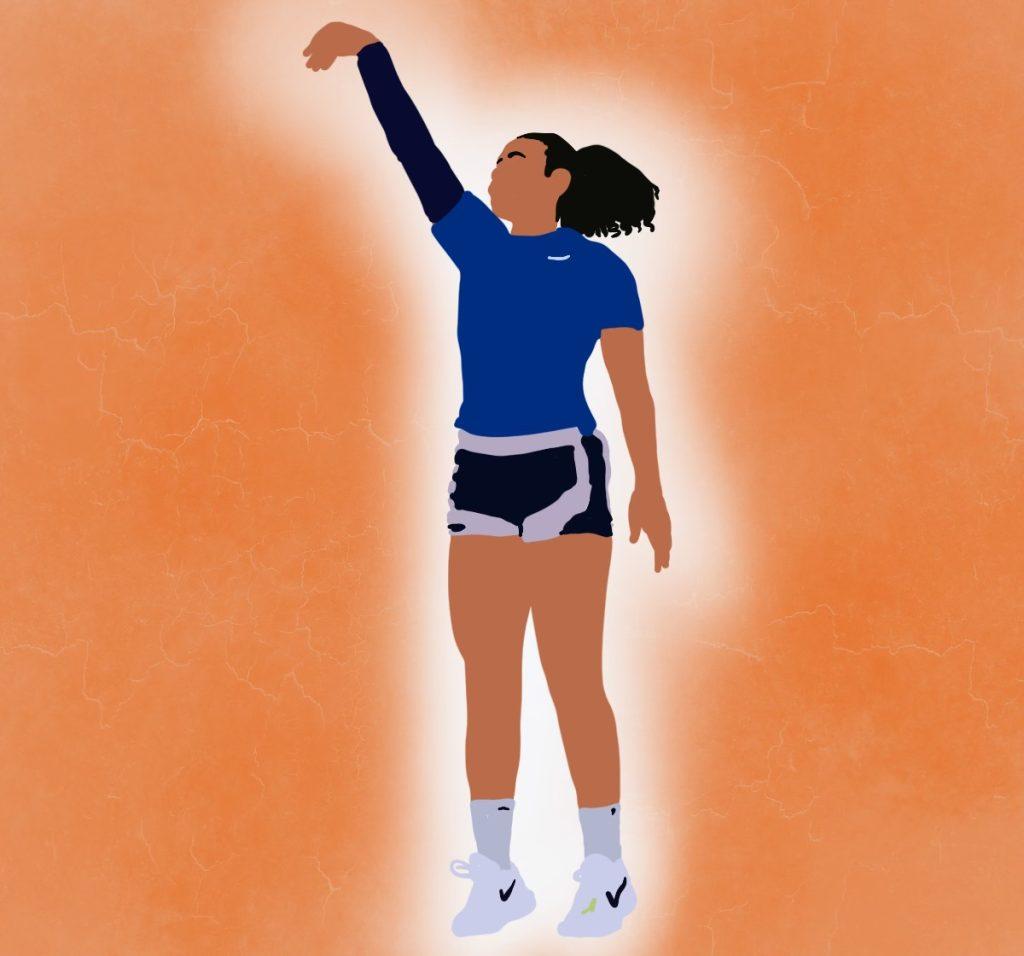
Mashaire said she felt the pressure while filling out the waiver to transfer to Pepperdine, because if it were not approved, she would had to sit out a year of athletics.
“It was a pretty stressful process,” Mashaire said. “I wanted to find the right fit and have a good experience for my last two years, and I knew this was the last chance I had.”
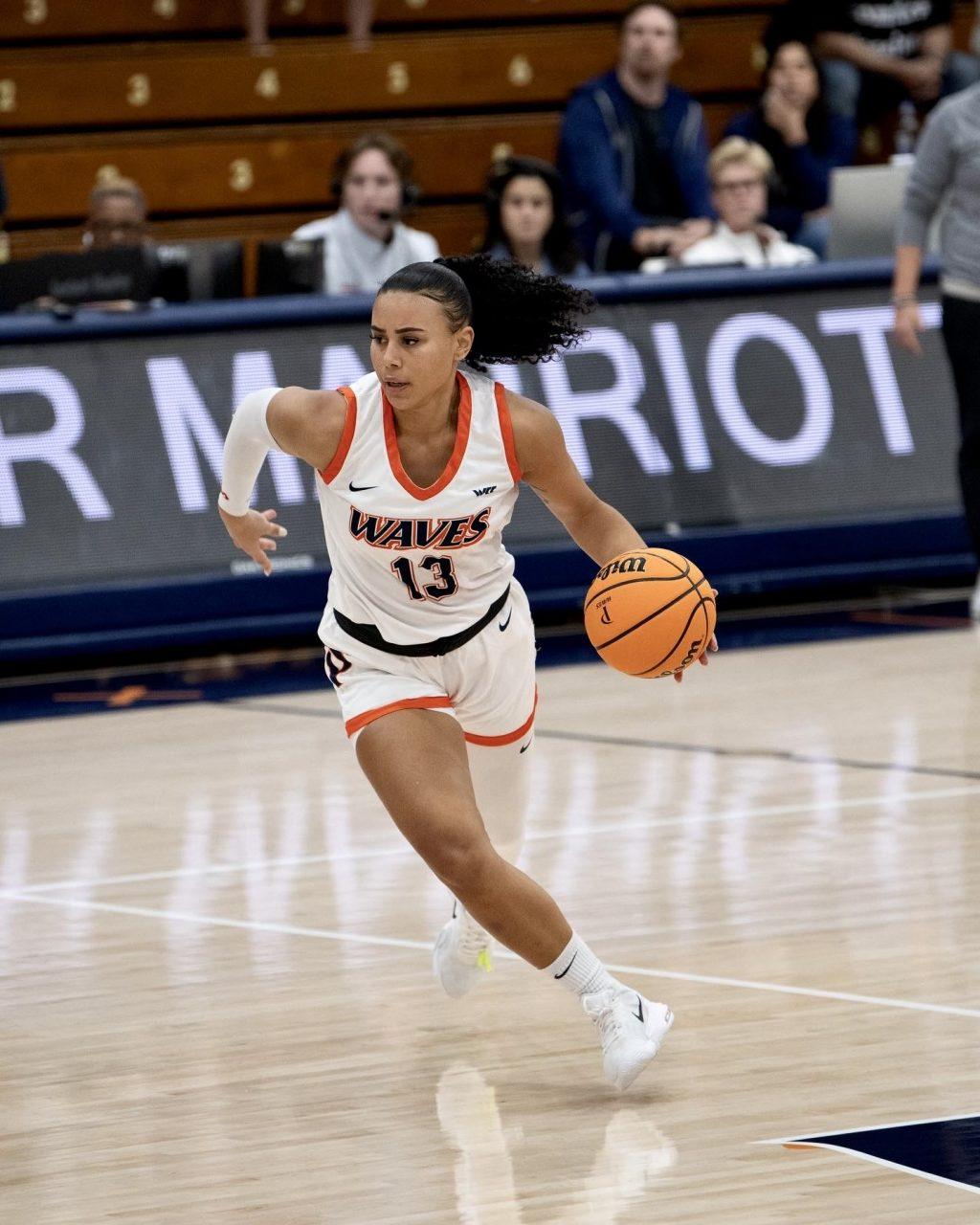
While many individuals focus on the possible negative effects of the rule changes, Kurtz said the new rules relieve the stress of the waiver process for athletes who are transferring for valid reasons.
“I transferred due to mental health reasons,” Mashaire said. “I had individually a good season in my previous school, but the overall environment had a negative impact on me.”
Nothing but Net: High Transfer Sports Benefit from the Changes
Across all sports, Pepperdine brought in a large amount of student-athlete transfers, with 35 total and a couple of those being multiple time transfers, Kurtz wrote in a Sept. 9 email to the Graphic following up her interview.
Pepperdine’s 2024-25 Men’s Basketball team is the prime example of a positive use of the transfer portal, said Ed Schilling, Pepperdine Men’s Basketball head coach. Following the end of the 2023-24 season and Lorenzo Romar, former Pepperdine Men’s Basketball head coach, leaving the university, Men’s Basketball saw an influx of players transferring, according to previous Graphic reporting.
“I got the job in April, and the cupboard was completely bare,” Schilling said. “We had to bring in basically 11 guys. We have two back from last year.”
Some of the transfers adding to the Waves experienced roster include Graduate forward Alonso Faure, redshirt Junior guard Zion Bethea and Junior guard Moe Odum. Half of the 2024-2025 roster has at least two seasons of collegiate experience in the books, according to Pepperdine Athletics.
https://public.flourish.studio/visualisation/19790133/
<div class=”flourish-embed flourish-cards” data-src=”visualisation/19790133″><script src=”https://public.flourish.studio/resources/embed.js”></script><noscript><img src=”https://public.flourish.studio/visualisation/19790133/thumbnail” width=”100%” alt=”cards visualization” /></noscript></div>
Schilling said the change of rules, allowing players to transfer without sitting out a season, has allowed him to recruitexperienced players, which was nearly impossible in the past.
“Back in the day when there was no transfer portal, you’re trying to do it all with freshmen or junior college [players],” Schilling said. “You don’t want to have a whole team of young kids.”
The streamlined transfer portal process and the unlimited number of players allowed Pepperdine to bring in quality upperclassmen players, Schilling said. One of those veteran players is Stefan Todorovic, Pepperdine Men’s Basketball senior forward.
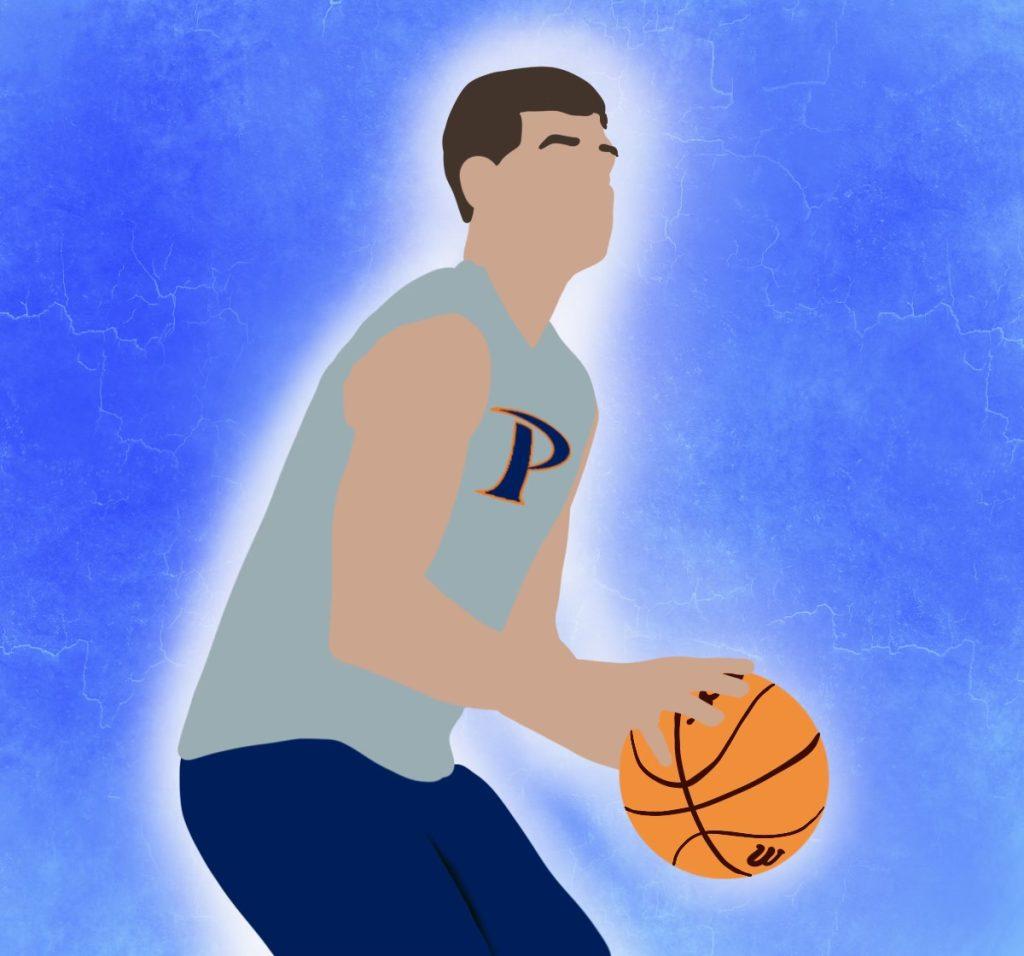
Todorovic said he benefited from the new process because this is the third university he has played for, the first two being University of San Francisco and Southern Methodist University.
“Both of my transfers were because I was looking for better basketball opportunities,” Todorovic said.
With the recent rule changes, Todorovic is able to play this season with no punishment. He said this made the process an easy one.
“The transfer portal was pretty easy for me,” Todorovic said. “I already had clear ideas where I wanted to play.”
Time-Out: Challenges Come with New Rules
While there are great success stories from the rule changes, there have been drawbacks at Pepperdine, Kurtz said.
When athletes transfer to Pepperdine, they are allowed to bring 64 units, even if they completed far more at their previous institution, Kurtz said. Students need 128 units to graduate, according to Pepperdine’s Seaver College website.
“It’s extremely challenging for sixth semester transfers to do and be eligible right away,” Kurtz said. “So we have a harder time getting kids that transfer multiple times.”
This University-wide rule has deterred recruits for the Men’s Basketball team, Schilling said.
“In several cases, we could have had a very high level player, but we couldn’t get them,” Schilling said.
Although this has been a deterrent for some potential student-athlete transfers, Todorovic said it is possible to make the move and still perform academically.
“I managed to stay on track academically,” Todorovic said. “With the help of academic advisors and my work ethic.”
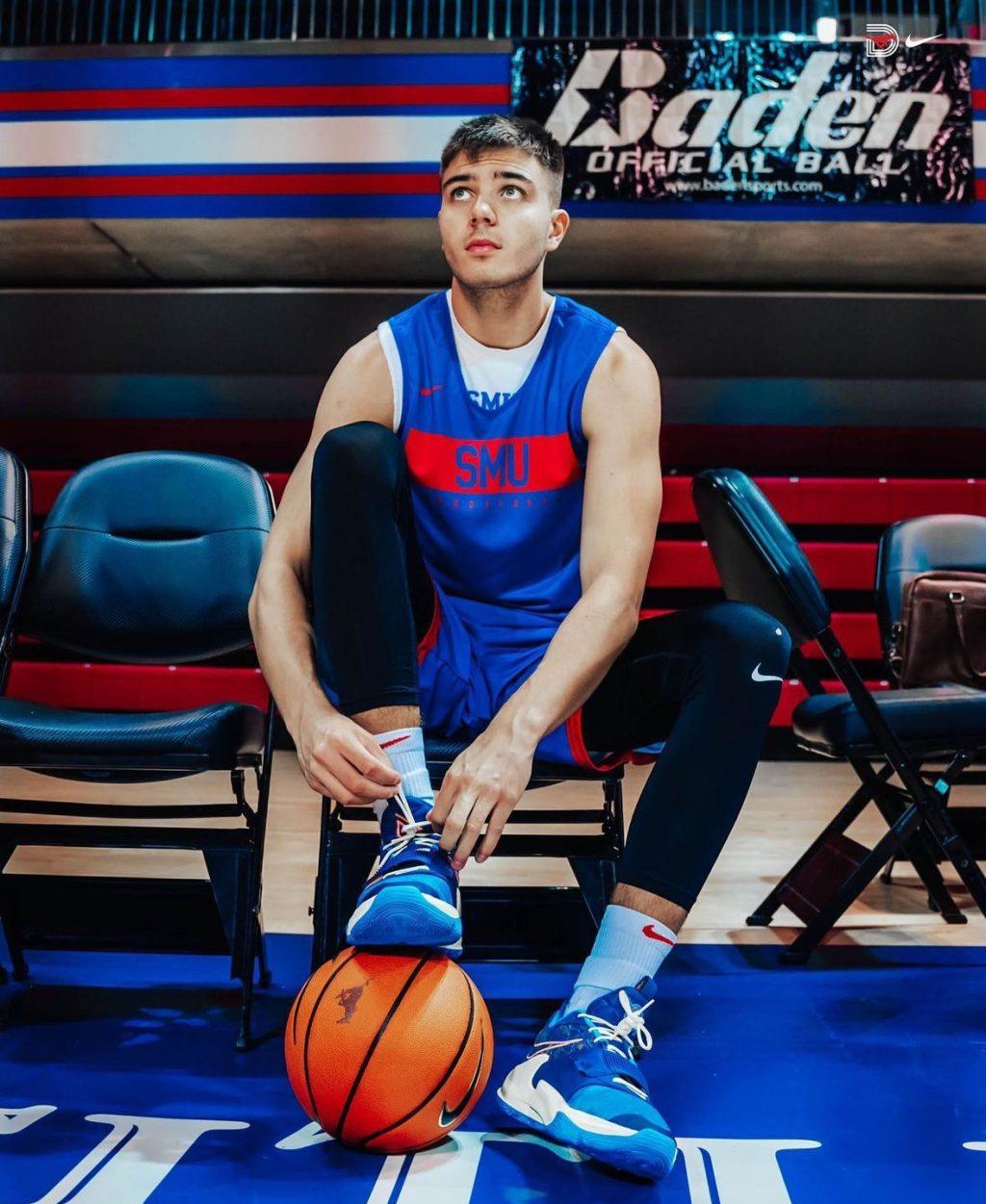
While student-transfers have had to adjust their academic and athletic game-plan due to the new transfer portal process, coaches have also had to draw out new strategies, Schilling said. With it being easier than ever to transfer, there is a lot of pressure on NCAA coaching staff.
“It’s one of those things that makes it harder, to take a kid coming out of high school, because if he doesn’t play, and is not happy, he can leave before he pays his dues,” Schilling said. “Also, if a kid plays really, really well, then they can get up and go to someone that’s going to pay them a whole bunch of NIL money.”
Keeping players on the same team and building a culture where players want to stay is now difficult but possible if done properly, Schilling said.
“I think you have to have a system that players feel like they’re getting better,” Schilling said. “If they aren’t improving, they can just get up and leave.”
Schilling said just because a player enters the portal, does not mean another coach will pick them up. Of the 13% of Division I athletes who entered the portal in 2022, only 7% made the successful switch, according to the NCAA.
“The success stories are highlighted,” Schilling said. “But the tragic stories of guys that were on scholarship and getting to play, are finding themselves on the outside looking in.”
Schilling said the end result of the transfer portal does not always end up as well as it does for players like Mashaire and Todorovic.
“There’s thousands of kids right now that went in the transfer portal thinking the grass was going to be greener,” Schilling said. “And now they find themselves without a scholarship.”
There are benefits and disadvantages to many rules throughout collegiate athletics, but Kurtz said the new set of rules provides those with high academic and athletic aspirations to accomplish their goals in a streamline and uniformed process.
“I think sometimes [high school] students maybe didn’t make the best decision for the school that works for them,” Kurtz said. “People grow and change or there’s a head coaching change, and it’s like, ‘That new coach is not my style, and we’re not going to work well together,’ so you need to go somewhere else.”
_________________
Follow the Graphic on X: @PeppGraphic
Contact Emma Martinez via email: emma.martinez@pepperdine.edu or by Instagram: @emma.martinez17

